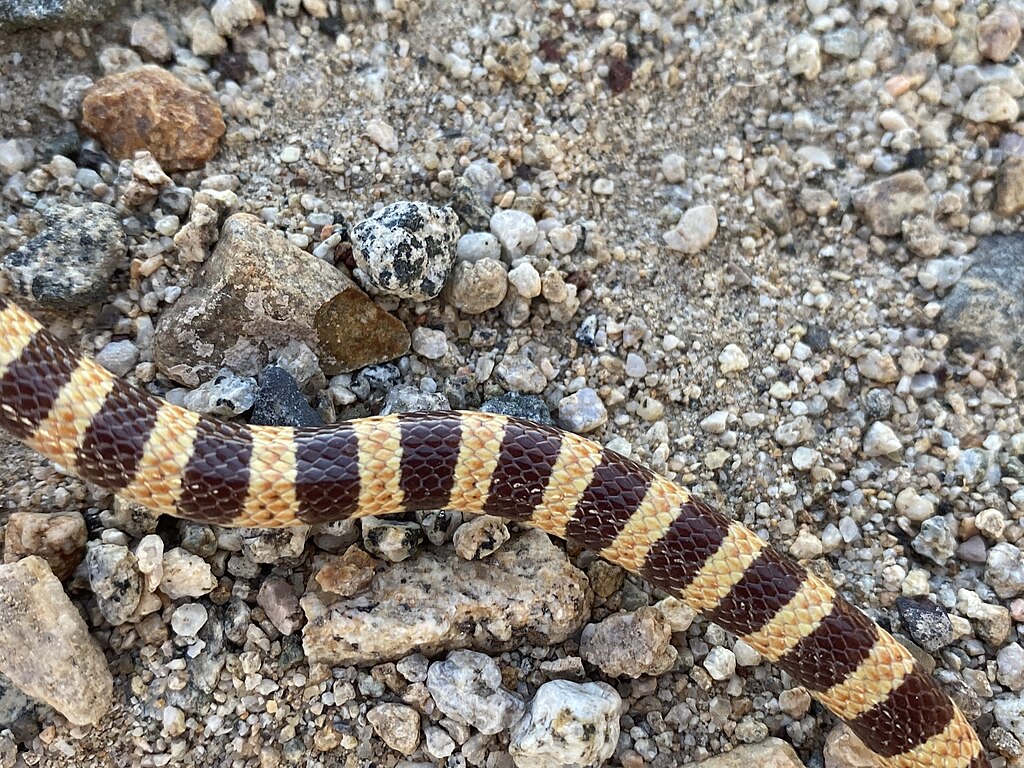In the scorching deserts of North America, a remarkable reptile has evolved an extraordinary ability that seems to defy the laws of physics. Meet the sand swimming snakes, most notably the Mojave shovel-nosed snake, a master of a unique locomotion method that allows it to “swim” through granular substrates as if they were liquid. This fascinating adaptation enables these serpents to escape predators, ambush prey, and survive in one of Earth’s most unforgiving environments. Beneath the seemingly barren desert landscape lies a world of hidden movement, where these specialized reptiles have perfected the art of sand swimming through millions of years of evolution.
The Desert-Dwelling Sand Swimmers
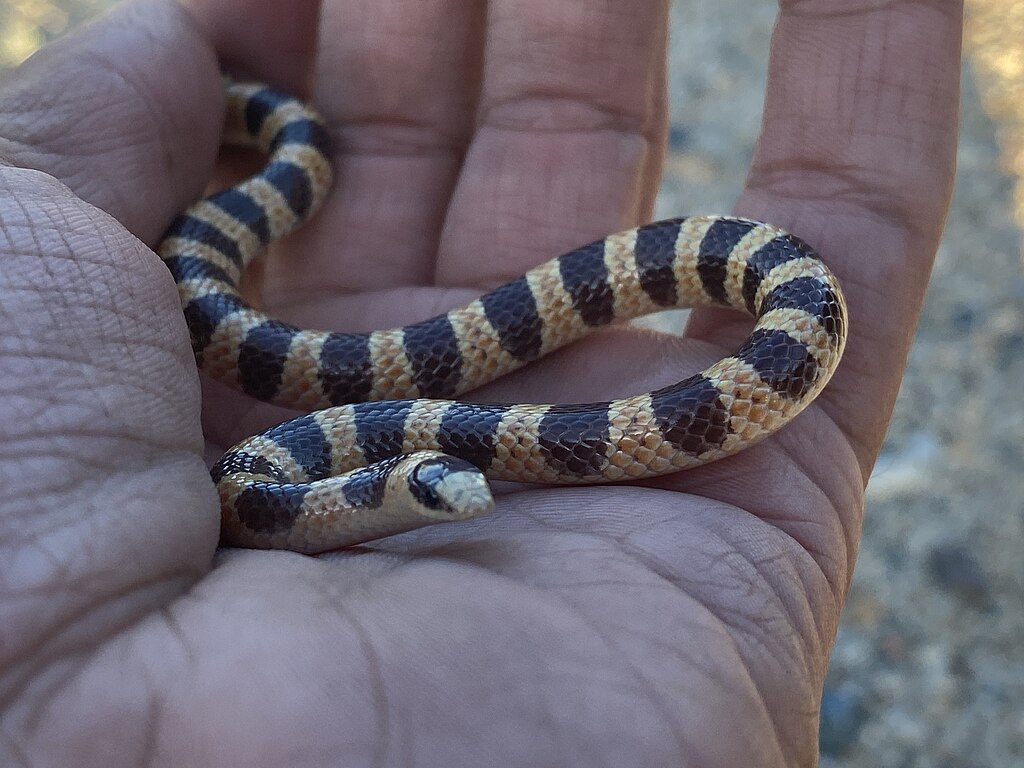
Several snake species have developed the remarkable ability to move through sand, but none have perfected it quite like members of the genus Chionactis, particularly the Mojave shovel-nosed snake (Chionactis occipitalis). These relatively small snakes, typically growing to about 10-17 inches in length, inhabit the harsh desert environments of the southwestern United States and northwestern Mexico. Their range spans across the Sonoran and Mojave deserts, where loose, granular sand creates the perfect medium for their specialized locomotion. Despite their diminutive size, these serpents have become evolutionary marvels through their remarkable adaptation to their challenging desert habitat.
Anatomical Adaptations for Sand Swimming
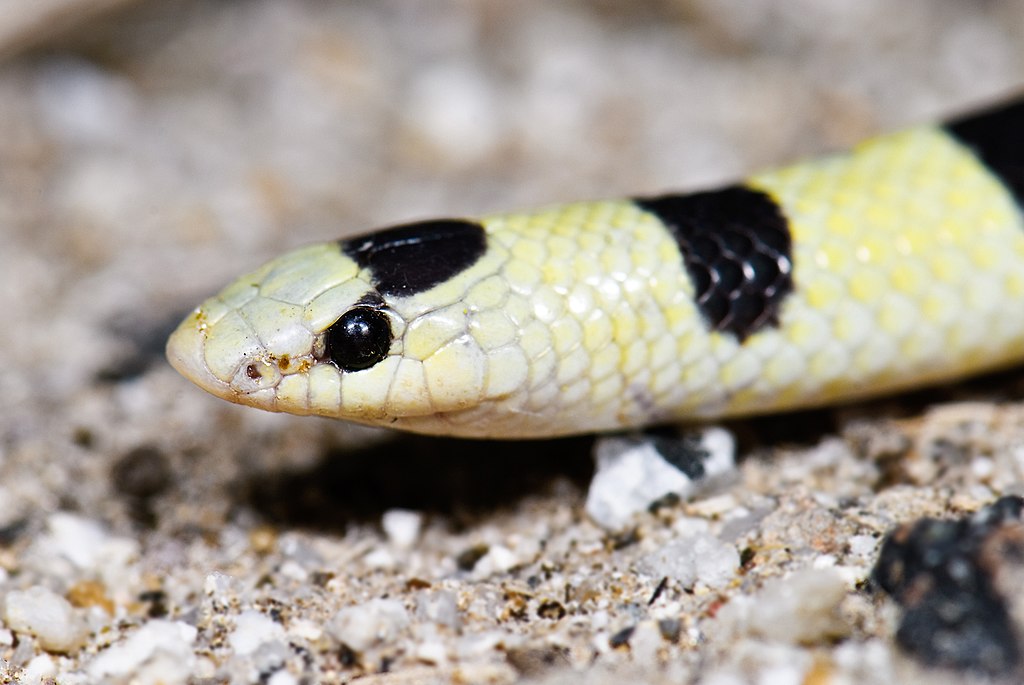
The sand-swimming ability of these snakes begins with their specialized anatomy, starting with their most distinctive feature: a flattened, shovel-shaped snout that gives them their common name. This modified rostral scale acts like a wedge, allowing the snake to penetrate the sand with minimal resistance. Their bodies are cylindrical and smooth, with tightly overlapping scales that prevent sand grains from becoming lodged between them. Additionally, these snakes possess specialized respiratory adaptations that allow them to breathe efficiently while surrounded by sand particles. Their nostrils are positioned on the top of their snout, enabling them to take in air even when partially submerged in the substrate.
The Physics of Sand Swimming
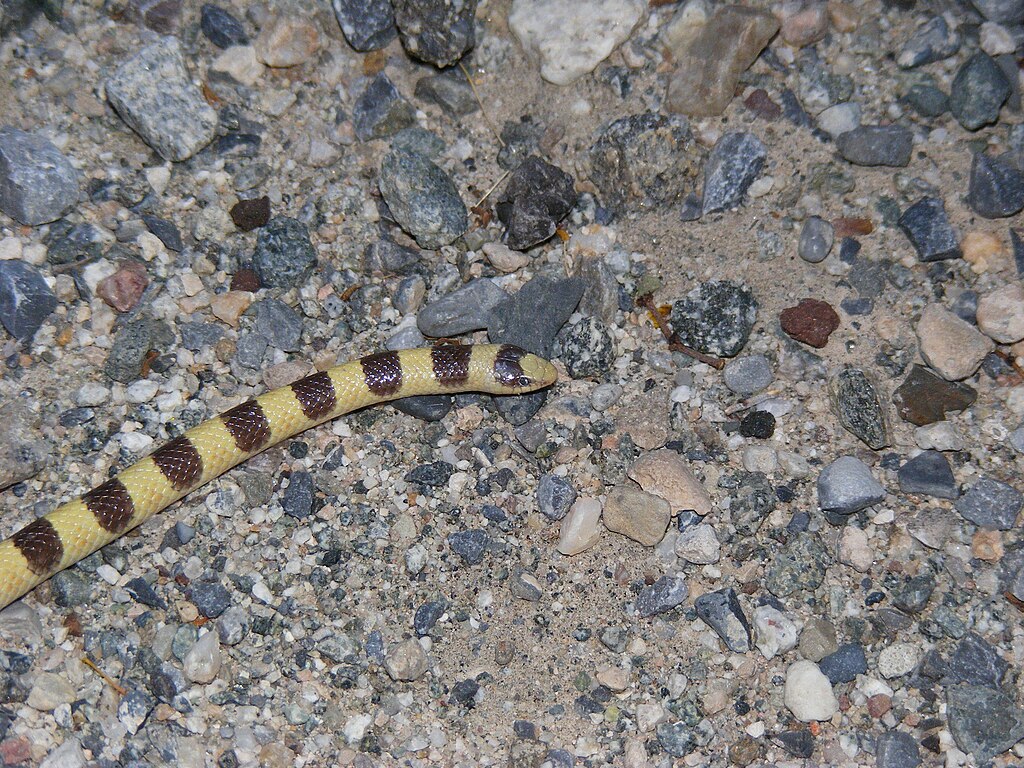
Sand swimming represents a fascinating intersection of biology and physics, as these snakes move through a medium that behaves both as a solid and a liquid. When force is applied to sand, it can temporarily behave like a fluid, allowing objects to move through it—a property known as thixotropy. The snake leverages this property through rapid, wave-like muscular contractions that momentarily fluidize the sand around its body. Scientists studying this phenomenon have discovered that these snakes use a modified form of lateral undulation, similar to how other snakes move across solid ground, but adapted specifically for granular media. High-speed imaging has revealed that the snake’s body creates S-shaped waves that propagate from head to tail, propelling it forward through the sandy substrate.
Speed and Efficiency Underground
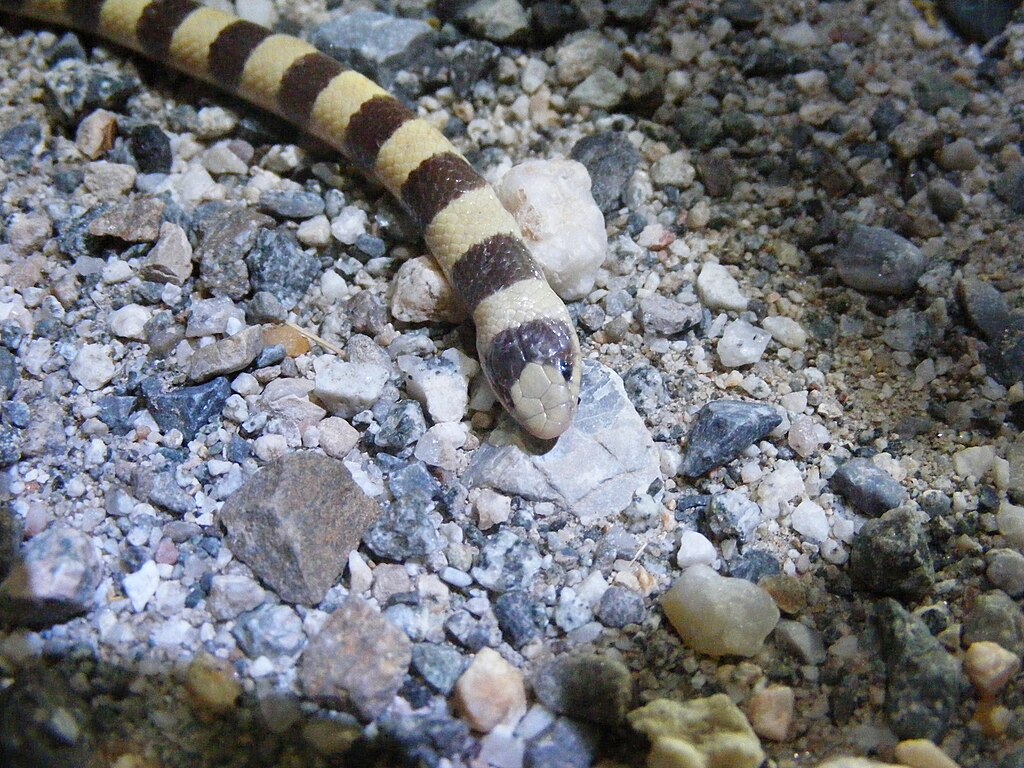
Despite the challenging medium they navigate, shovel-nosed snakes can move through sand with remarkable efficiency. Studies have documented these snakes traveling at speeds of up to 10 centimeters per second when swimming through loose sand—an impressive feat considering the resistance offered by the medium. This efficiency stems from the snake’s ability to minimize energy expenditure through its specialized locomotion technique. Rather than pushing against individual sand grains, the snake’s undulating body creates a temporary low-pressure zone that allows sand to flow around it. Researchers studying these mechanics have found that sand-swimming snakes use significantly less energy than they would if trying to bulldoze through the substrate in a linear fashion.
Hunting Beneath the Surface
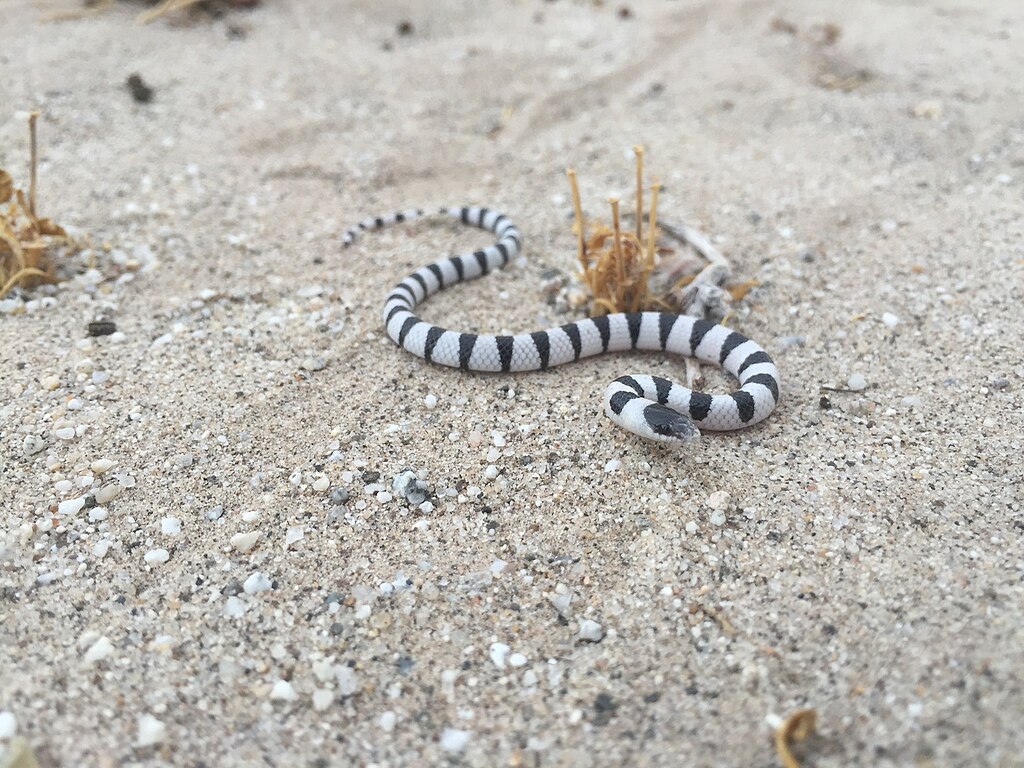
Sand swimming isn’t merely a defensive mechanism—it’s also a sophisticated hunting strategy that gives these snakes a significant advantage over their prey. Shovel-nosed snakes are primarily nocturnal predators that feed on insects, spiders, scorpions, and small lizards that they detect through vibrations in the sand. When hunting, these snakes will often remain just beneath the surface, with only their eyes and the top of their head exposed, waiting to ambush unsuspecting prey. Their ability to move silently and quickly through sand allows them to pursue prey items that attempt to escape by burrowing. This hunting technique is particularly effective against small desert arthropods that have few defenses against a predator that can pursue them through their own medium.
Thermoregulation in Extreme Environments
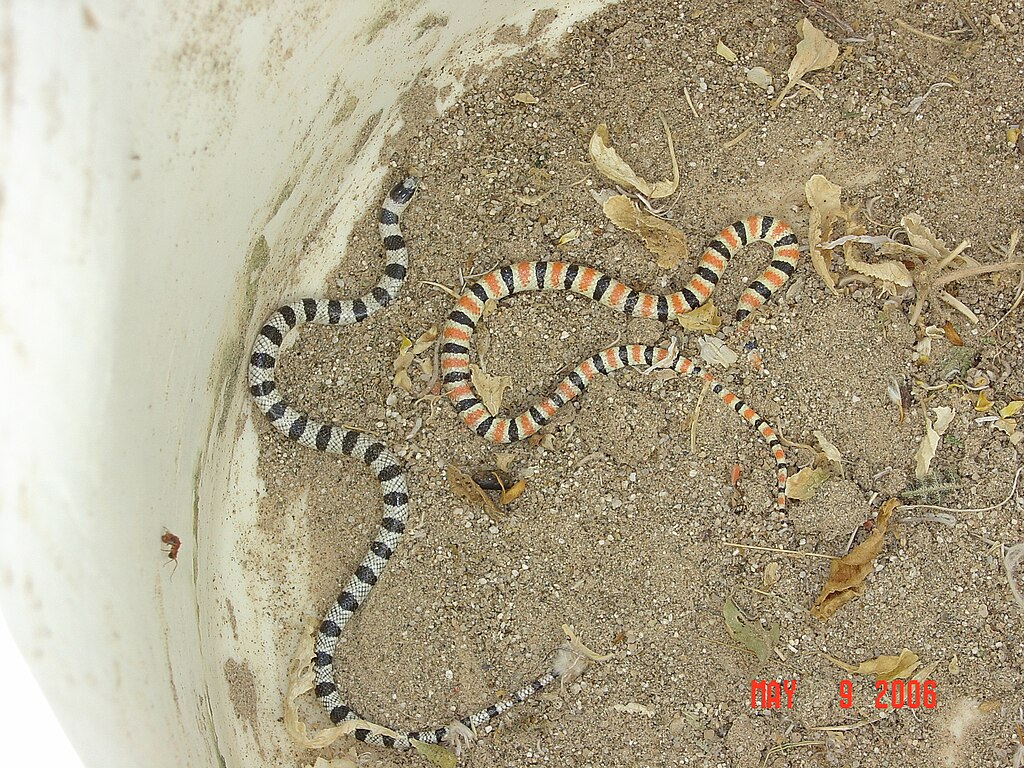
The sand-swimming ability of these desert snakes serves another crucial function: thermoregulation in their extreme habitat. Desert surface temperatures can exceed 160°F (71°C), well beyond the thermal tolerance of most reptiles. By retreating beneath the surface, shovel-nosed snakes can access significantly cooler temperatures, as sand provides excellent insulation against the scorching desert heat. During the hottest parts of the day, these snakes may descend several inches to a foot below the surface, where temperatures can be 30-40°F cooler than at the surface. Conversely, during cold desert nights, the snakes can burrow into sand that retains heat from the day, enabling them to maintain their preferred body temperature even as air temperatures plummet.
Defensive Strategies and Predator Avoidance
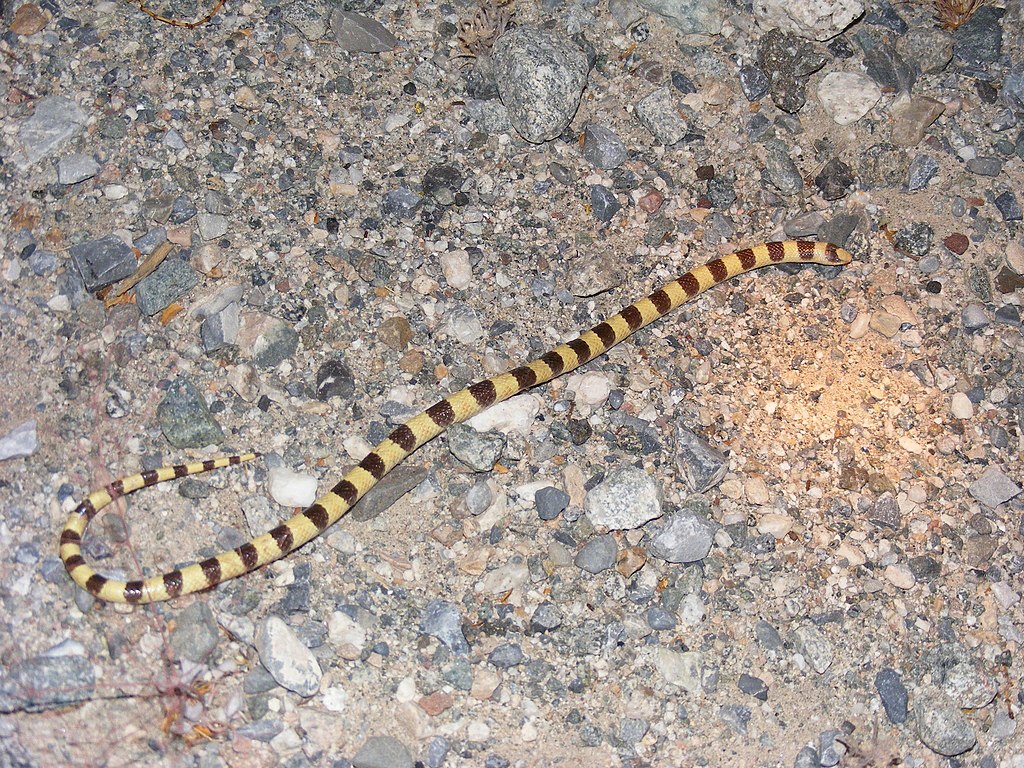
When threatened, sand-swimming snakes employ their specialized locomotion as their primary defense mechanism. Upon detecting danger, these snakes can disappear beneath the sand surface in seconds, leaving predators literally grasping at sand. This vanishing act is particularly effective against aerial predators like hawks and owls that rely on visual targeting. The snake’s coloration, typically featuring alternating bands of light and dark, provides excellent camouflage when partially exposed against the mottled desert substrate. If captured, shovel-nosed snakes have another defensive trick: they can rapidly vibrate their tails in the sand, creating a buzzing sensation that mimics the warning of a rattlesnake, potentially confusing predators long enough for the snake to escape.
The Mystery of Wet Sand Navigation
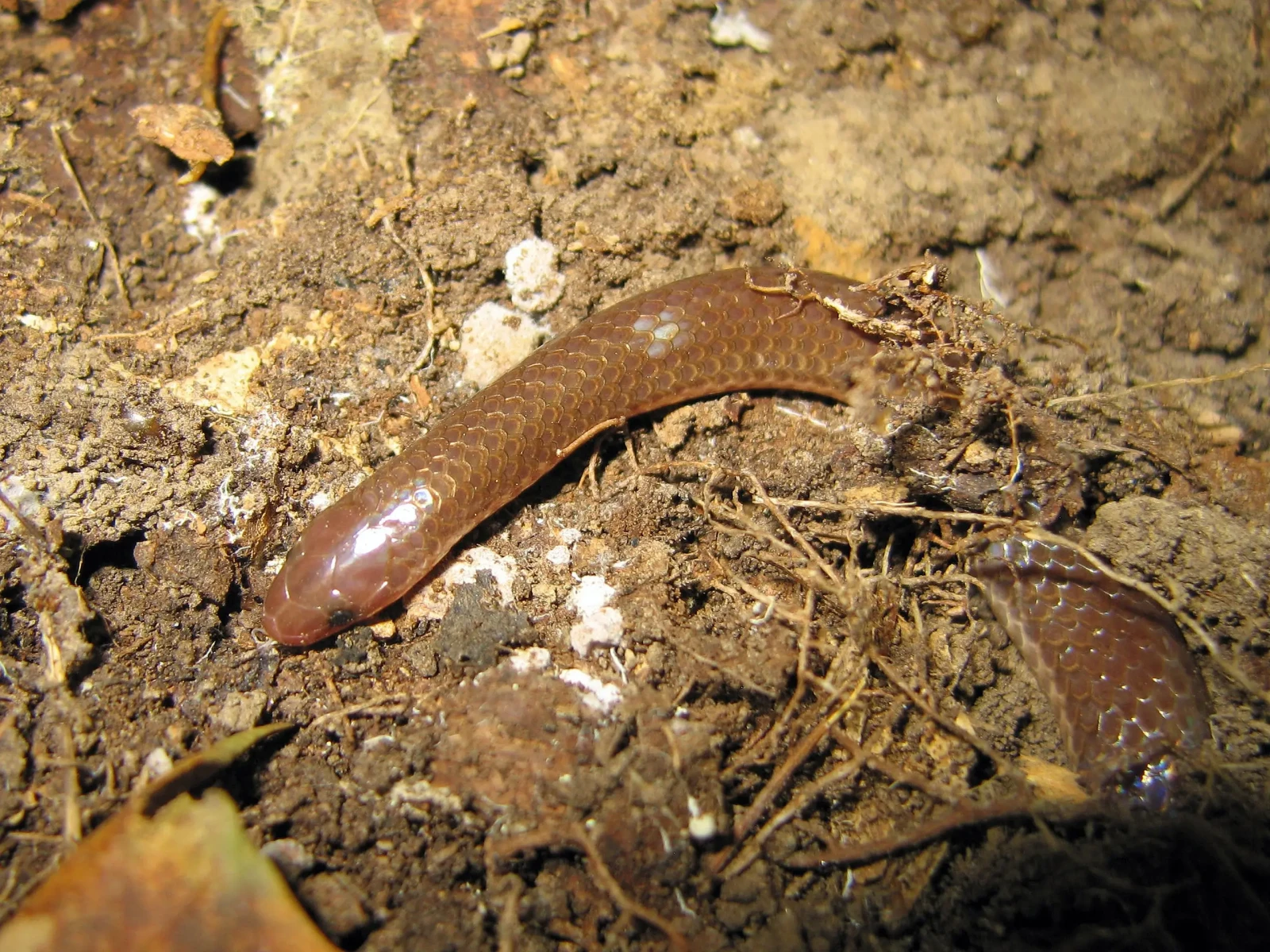
Perhaps most impressively, certain sand-swimming snake species can navigate through wet sand—a medium that behaves very differently from dry sand. While dry sand flows relatively freely around an object moving through it, wet sand becomes significantly more cohesive and resistant to movement. Recent research suggests that these snakes modify their undulation patterns when encountering damp substrates, employing more forceful muscular contractions to overcome the increased resistance. After rainstorms in desert environments, these snakes have been observed successfully traversing areas of wet sand near temporary water accumulations. This ability gives them a significant ecological advantage, allowing them to access resources and habitats that might be unavailable to other desert species limited by moisture barriers.
Sensory Adaptations for Subterranean Life
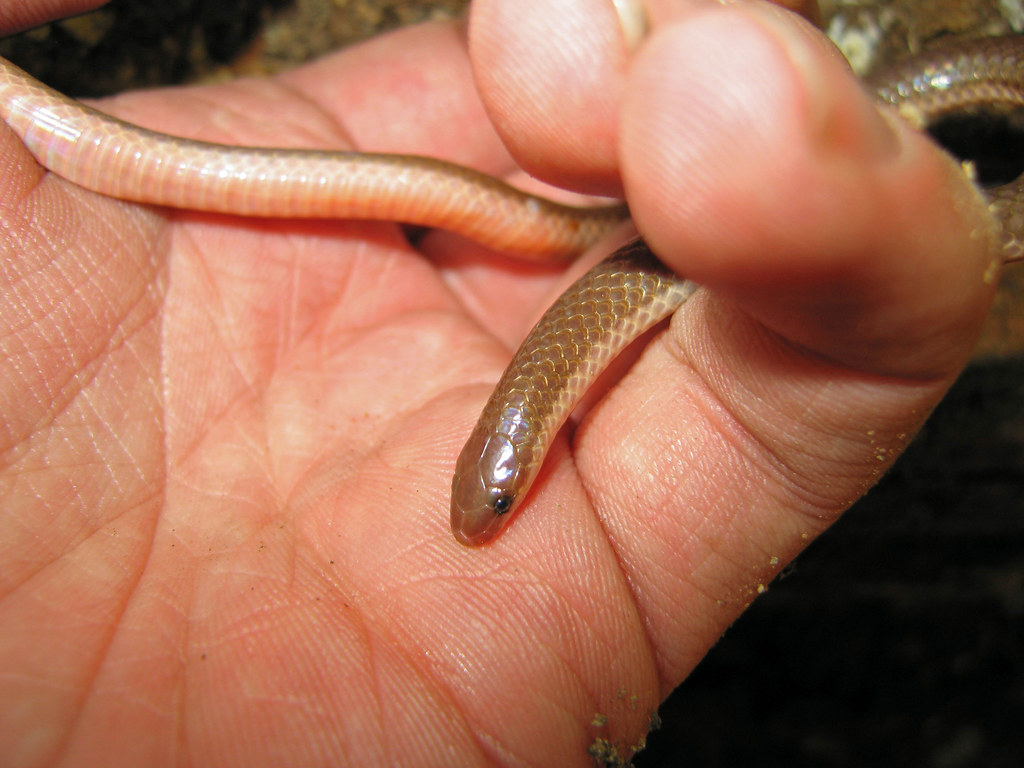
Living and hunting beneath the sand requires specialized sensory adaptations that go beyond the standard reptilian toolkit. Shovel-nosed snakes possess highly sensitive scale mechanoreceptors that can detect minute vibrations traveling through sand, allowing them to locate prey and detect approaching predators. Their vision, while not their primary hunting sense, is nevertheless adapted for their lifestyle, with eyes positioned toward the top of their head to allow for vision while mostly buried. Perhaps most fascinating is their ability to “hear” through the sand—these snakes can detect low-frequency vibrations through their jawbones, which transmit the information to their inner ears. This adaptation allows them to build a detailed sensory picture of their surroundings despite being enveloped in a medium that would render many animals effectively blind.
Reproductive Strategies in the Sand
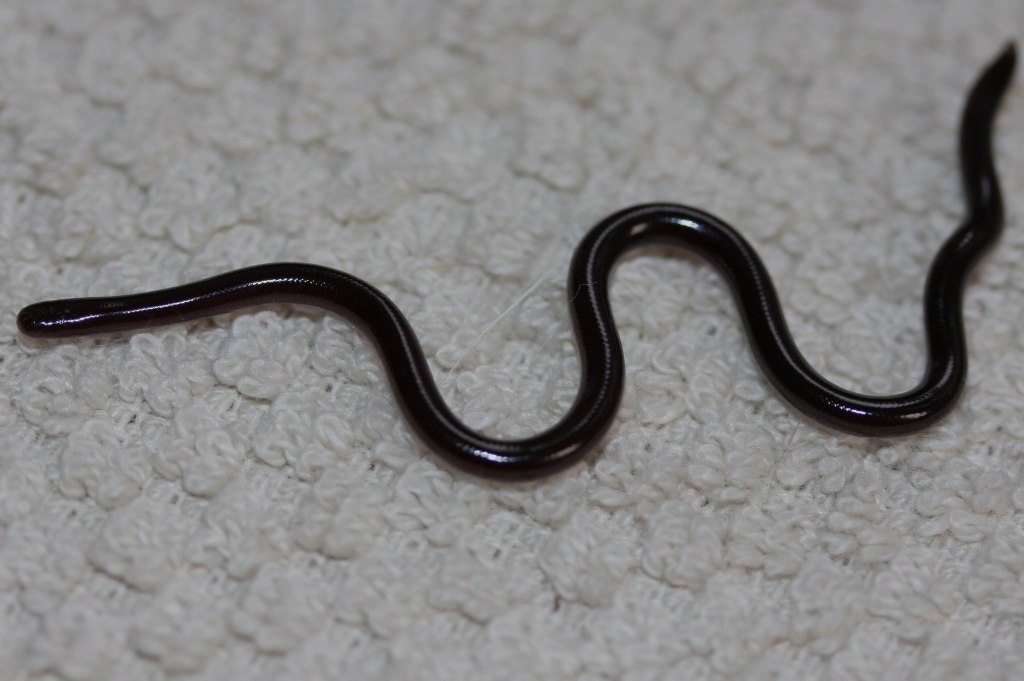
The sand-swimming lifestyle influences every aspect of these snakes’ lives, including their reproductive behaviors. Shovel-nosed snakes are oviparous, meaning they lay eggs rather than giving birth to live young. Female snakes will excavate special chambers several inches below the sand surface where they deposit their clutch, typically consisting of 2-4 eggs. These chamber locations are carefully selected for their stable temperature and humidity conditions, which are crucial for successful embryonic development. The eggs themselves have specialized adaptations for desert conditions, including shells that allow for gas exchange while minimizing water loss. After approximately 6-8 weeks of incubation, the hatchlings emerge already equipped with their shovel-shaped snouts and the innate ability to swim through sand, requiring no parental instruction for this complex behavior.
Evolutionary Origins of Sand Swimming
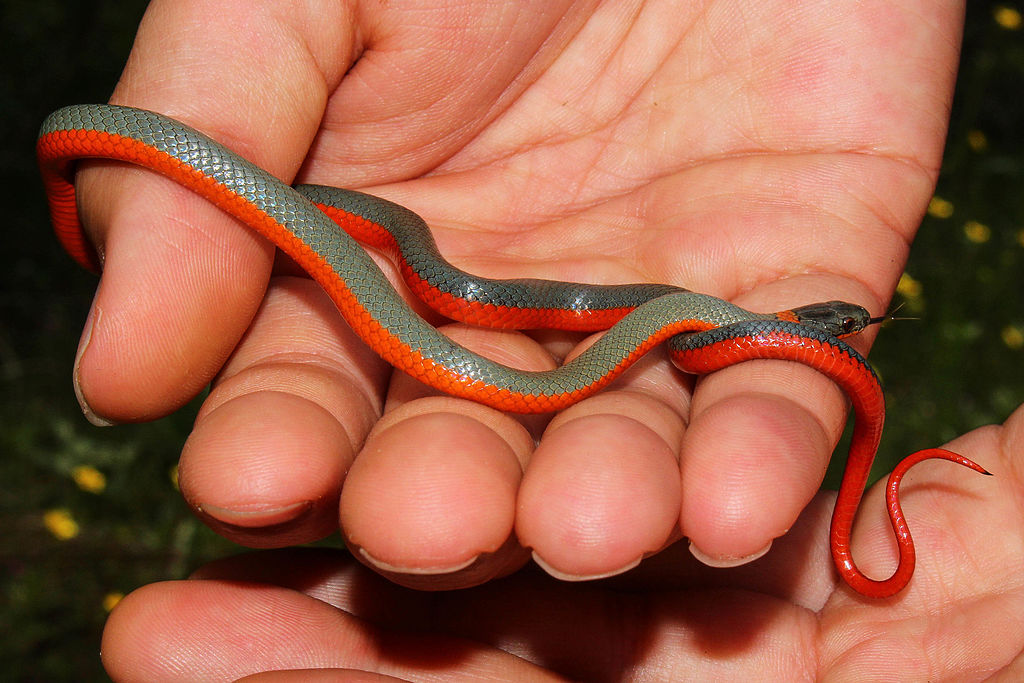
The remarkable sand-swimming adaptation didn’t appear overnight but rather evolved gradually over millions of years through natural selection. Phylogenetic studies suggest that shovel-nosed snakes diverged from their closest relatives approximately 15-20 million years ago, during a period when the American Southwest was undergoing significant aridification. As their ancestral habitat transformed from woodland to desert, these snakes adapted to the changing conditions by developing increasingly specialized features for sand locomotion. Fossil evidence shows a gradual transformation of the rostral scale into the modern shovel shape, along with changes in body proportions that enhanced sand-swimming efficiency. This evolutionary journey represents a textbook example of adaptive radiation, where organisms evolve to exploit a novel ecological niche—in this case, the subsurface desert environment.
Conservation Challenges and Human Impact
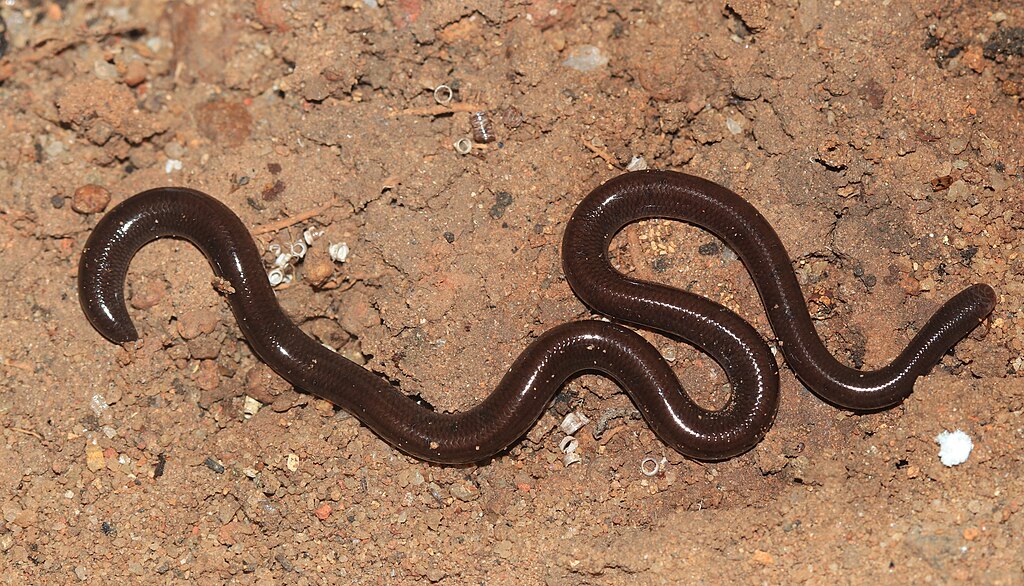
Despite their remarkable adaptations, sand-swimming snakes face numerous conservation challenges in the modern world. Habitat destruction poses the most significant threat, as desert environments are increasingly developed for housing, agriculture, and energy production. Off-road vehicle recreation in desert areas compacts sand and destroys the loose, granular structure that these snakes require for their specialized locomotion. Climate change presents another serious challenge, as rising temperatures and changing precipitation patterns alter the delicate desert ecosystem balance. Additionally, sand mining operations for construction and fracking industries remove substantial amounts of suitable habitat. Conservation efforts focus on establishing protected areas that preserve not just the snakes themselves but the specific sand quality and desert ecosystem they require for survival.
Biomimicry: Learning from Nature’s Sand Swimmers
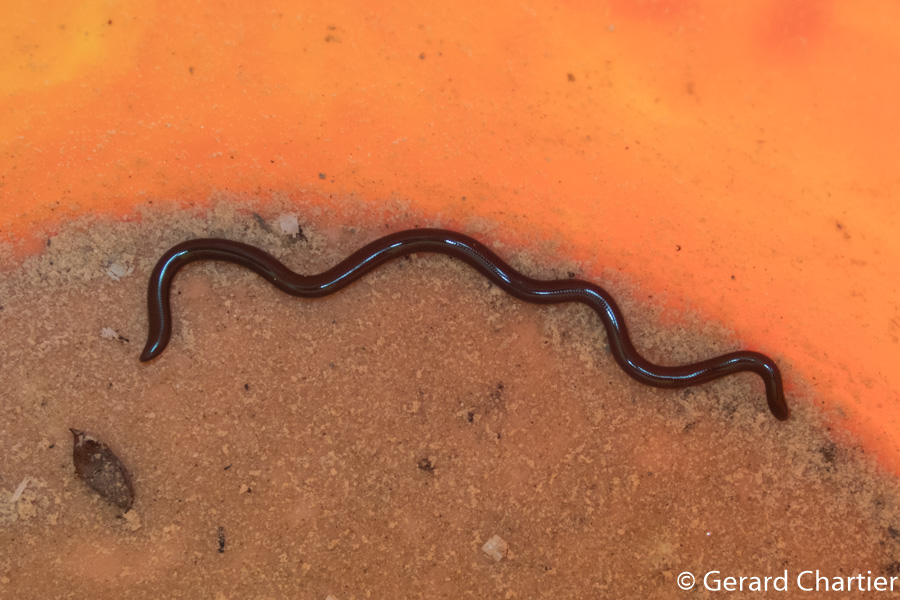
The remarkable locomotion of sand-swimming snakes has not gone unnoticed by engineers and roboticists seeking solutions for moving through granular media. Several research teams have developed snake-inspired robots that mimic the undulatory movements of these desert specialists to navigate through sand, soil, and rubble. These biomimetic robots have potential applications in search and rescue operations, allowing them to move through collapsed buildings or landslides to locate survivors. The principles derived from studying sand-swimming snakes also inform the development of drilling technologies, planetary exploration rovers, and even medical devices designed to move through bodily tissues with minimal disruption. As our understanding of these remarkable reptiles grows, so too does the potential to translate their evolutionary solutions to some of humanity’s most pressing technological challenges.
The sand-swimming snakes of North America’s deserts represent one of nature’s most elegant solutions to the challenge of surviving in an extreme environment. Through millions of years of evolution, these remarkable reptiles have mastered the art of moving through a medium that defies easy navigation, developing specialized anatomy, physiology, and behaviors that allow them to thrive where many other animals would perish. As we continue to study these fascinating creatures, they not only expand our understanding of reptilian adaptation but also inspire technological innovations that may benefit human society. In the shifting sands of the desert, these snakes have written an evolutionary success story that reminds us of nature’s boundless capacity for innovation in the face of environmental challenges.

